Moving Art spotlights artists that push the limits of modern image making techniques to produce stunning, ultra high-definition images. We partner with leading companies like 500px to bring greater awareness to these creators, while highlighting work well suited to being experienced on Depict Frame, a dedicated display for 4K digital and moving art.
This Artist Spotlight was originally published on Moving Art, and is being republished here with express permission.
First steps into photography
When I was in 2nd grade, I told my mom and teacher that all I wanted to do was do art for the rest of my life. I grew up in Aspen, Colorado then moved to New Hampshire for high school. They were mostly athletic environments with not many artists out there, and I was one of the few people who wanted to create art. I tried different crafts, then I finally found myself in the darkroom and getting into photography at the end of school, which is where it all started. But I recently realized that to this day, I’ve stayed true to what my 8 year old self dreamt of doing and I hope that continues to stay true.
I originally came to San Francisco to study industrial design, and then I realized it was not for me. I got into graphic and web design, but all along I used photography in all of my projects. But I realized I didn’t want to pursue a BFA in web design, so I got out early with my AA to focus on what I really wanted to do. And for the past year, I’ve been a full-time photographer. I kind of felt that I needed to go all in and give it my all. I’ve learned that I can’t have distractions, I can’t have other things going on, otherwise I would never be able to push myself this far. I just went for it and followed my instinct, and now I’m able to make my passion what I do full time.
Moving into motion
I got into time-lapse because I always wanted to see my photography in motion. Especially when I would go shoot the fog blowing through the Golden Gate Bridge, I just envisioned that scene in motion. And just living in San Francisco and being around artists and photographers all day, I’d go out with friends and we’d want to shoot films when we went outdoors. We had seen time-lapse and wanted to try it, and we’d go out and experiment. But we’d do it all wrong…I think the first time we tried to create a time-lapse we did it with video. And so we found out why it didn’t look how we imagined it to be, we read and learned more about time-lapse and we taught ourselves the techniques.
And that kind of exploring the unknown and learning process has motivated a lot of my photography. I’d be interested in a style and I’d go out and try to shoot in a certain way. I’d make a mistake or not know how to create a certain effect, so I’d go read about it, tweak it, go learn some more, then go back and shoot it until I got it right. Having so many resources on the internet has taught me to become self-taught photographer.
Gotham City
My film Gotham City is definitely my biggest project to date. I was developing my style while exploring my passion for black and white photography, and once I got into time-lapse I knew I needed to produce a film in that style. I worked for 2 years on the project and went out into the city continuously shooting, spending months after months waiting to capture just the right moments.
I collaborated with a music producer James Everingham from the UK to compose original music and designer David Hultin for branding, and it made for a great collaborative project to tie in all the elements of the film. I had created this series of photos, and I wanted to bring my images to life from still to motion. This is my vision come to life after hours of setting up, shooting, and editing. It is my art and my love for San Francisco, photography, and timelapse.
Creative Process
As Ansel Adams says, “You don’t take pictures, you make pictures.” And for me, photography allows me to create. I like to experiment in Photoshop, and I don’t necessarily care if my photos are entirely realistic or not. I create a photograph to express my mood and emotion that I feel at that very moment or to show the sights as I envision them to be.
But it’s been a process of trial and error to develop my different styles for my photography. There are the vivid, colorful sunsets, and then I have a darker style, like the moodier images from Gotham City and Modern Surf. This series is some of my favorite work and pushed me to try something new. I went to Hawaii twice last year, and I would just sit on the beach with a big lens and just shoot surf all day. On the first trip, I shot a lot of photos but just sat on them because they felt like generic surfing photos. But after my trip, I started experimenting and found my own distinct, modern style, with darker tones, kind of vignetted, and long-exposure. When I returned in June, I shot a second series of long exposure photos where I would pan with the surfers, following their motion in the water with the motion of the camera. I took thousands of photos, and only a few of them really worked where you could see the surfer clearly, but that challenge just made it that much more satisfying.
This Modern Surf series is one that’s meant the most to me, because I really pushed myself to create something different. It was a project that made me really excited about trying new processes and it really pushed me to advance my own distinct style and improve my technique.
Inspiration
The one thing that I try is to do something different and shoot something different, and so there’s a lot that happens spur of the moment. I live by Baker Beach in San Francisco and have a great view of the beach and the ocean and the sky, so I’ve learned to predict what sunset is going to be like. I’ll look at the sky and judge whether to go shoot or not. Or sometimes I break out the door last second and run out to the beach to try and catch the light.
But a lot of what motivates me is just getting outside, being able to experience nature and the earth, listen to the waves, and be inspired by the outdoors. For me it’s important to escape away from technology and see this beautiful scenery.
Chasing perfection
One of the things I like to do is to go to a location again and again and again, until I get a shot that I’m really happy with. And that’s why I have no problems going to the same spot up to 50 times?—?I always feel like I can get a better shot. It all depends on how I set up the camera, how the scene looks, my composition, and I focus on all the little details until I get it just right.
And there’s a lot to focus on during every shoot. I’m thinking about all these variables that could happen: are the batteries going to last long enough, have I cleared my cards? With motion, do I want to use the rail so that I can include parallax? How does the shot start and how will the scene look by the end of the scene? And I don’t want to set up my tripod then find it slowly moving down the cliff and blur the shot, or set down the camera and have it be picked up by an ocean swell. Or if you’re in a popular location with a lot of tourists, you don’t want to set up in a spot where halfway through your shot there’s going to be a lot of foot traffic and someone might bump into your tripod.
So you’re thinking about the environment that’s directly surrounding your camera and the environment that’s out there through the lens. Or when shooting a time-lapse over the course of the day, you have to predict and know the lighting situation. I might set up a device that calculates all of that, to set the camera settings for 8 o’clock and at 9 o’clock and to change over time for a smooth transition.
It’s parts like that, and some of it can get much more technical. After shooting for so many years I’ve learned to keep refining it and I’ll often just go with it, but there is a lot that you have to be reacting to and thinking about. But that’s all part of what drives me?—?those moments when I’m trying to capture a seascape and I’m having to watch the wave and dodge a swell, or just get totally soaked and deal with it, but it’s always worth it. It’s all about the adventure to me.
In the San Francisco sky
Shooting in San Francisco for as long as I have, sometimes I feel like I’ve shot everything in the city. But then I discover new locations and realize there’s still so much to see and so many ways to see it?—?one of my goals has always been to find a unique perspective. I had started following some aerial photography, and when I saw them I thought to myself that I just had to get up into the sky.
When the helicopter lifts off the ground, it’s such a rush of adrenaline. Then to be able to fly over San Francisco?—?a city that felt so familiar to me from shooting it over and over?—?the excitement of being able to see it in a new perspective made it one of the most amazing experiences I’ve ever had. It’s such a unique vantage point that very few people get to see?—?you’re always on top of a building, sailing under a bridge, or driving through the city. Before I got up there, I couldn’t have imagined what it looked like from that angle, so I share these images to show that this is what it looks like from a view that very few people get to see. It’s a way of seeing what we see every day, but looking at it from a different perspective.
I’m hoping to capture a series of perfectly symmetrical shot directly over the Golden Gate and the Transamerica Pyramid, but it’s a challenge. As the pilot told me, it makes for some of the toughest flying I’ve put him through, with the difficulty of trying to position the helicopter to where I’m perfectly centered over it. We’d start and sweep across the point I’m trying to capture, while he’s trying to control against the wind, pressure, and gravity.
Everything is just trying to pull you away from that perfect shot, and we’re just aiming to line up over a very specific point and basically get lucky. We do these shots over and over, trying to keep steady, making sure we’re in the right position. It makes it incredibly difficult to do what I’m trying to do, but I enjoy the challenge of achieving something that’s so difficult.
That’s what motivates me to keep going up, to keep refining, keep trying, and keep focusing on getting the perfect shot and creating something that’s unique.













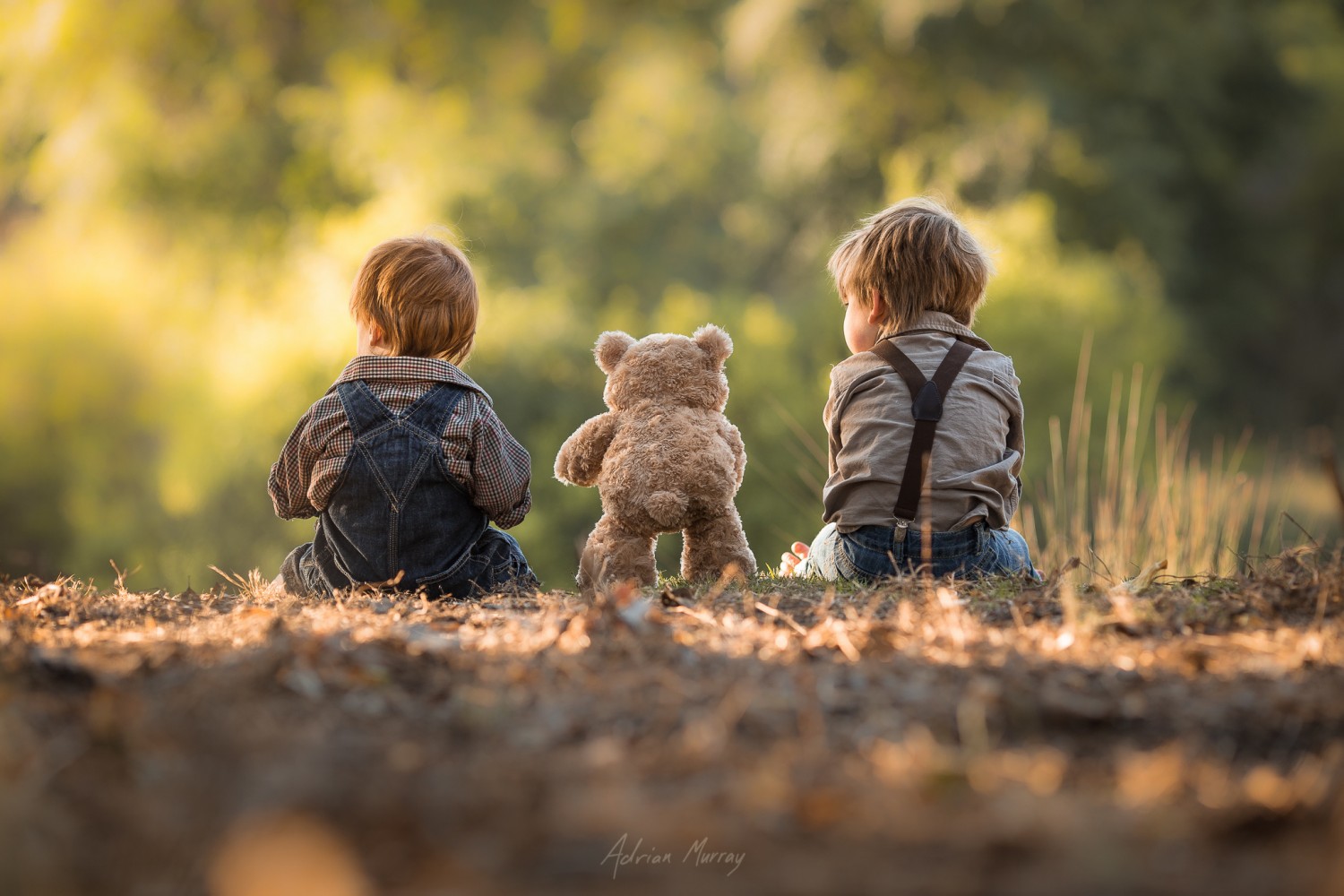
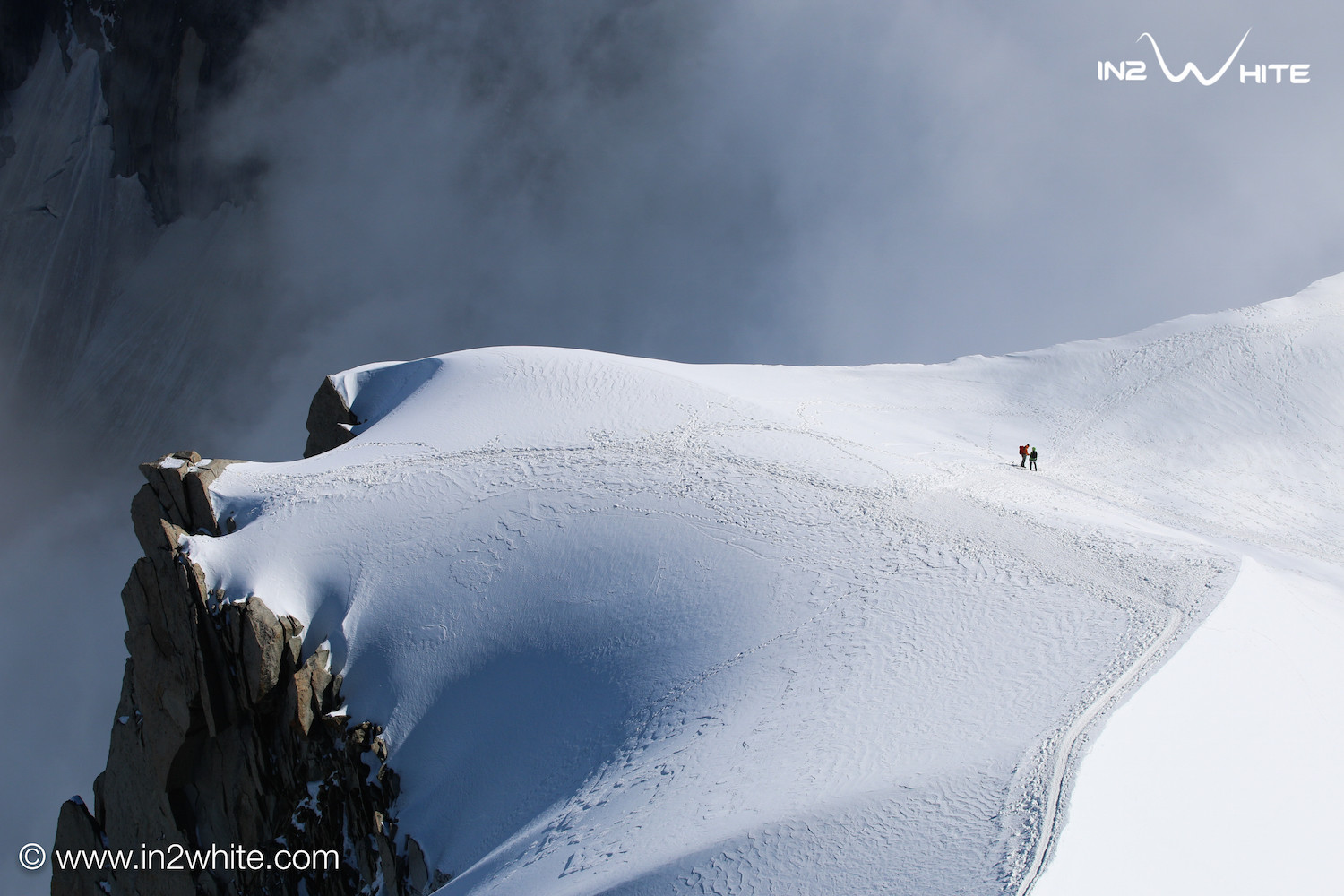
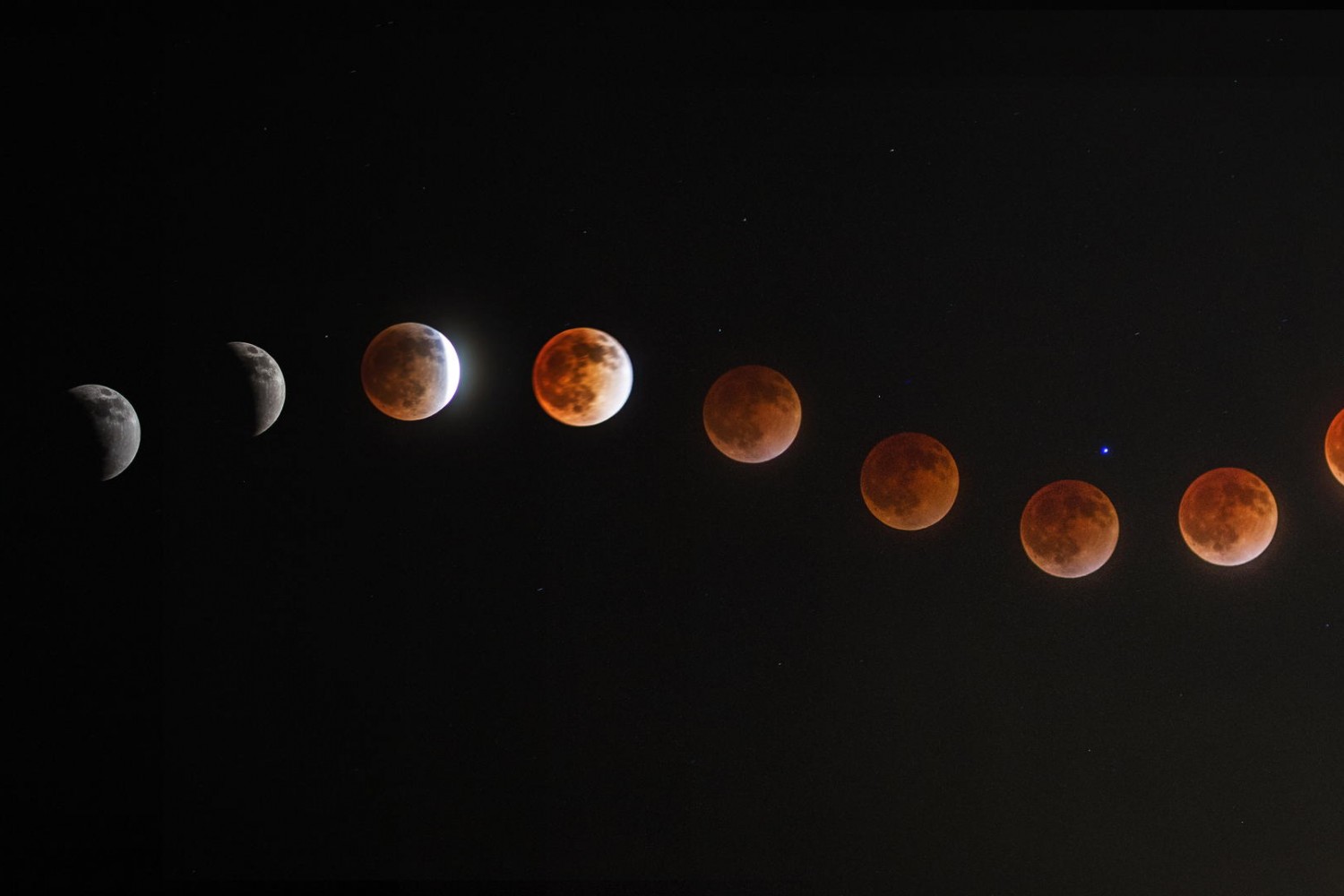
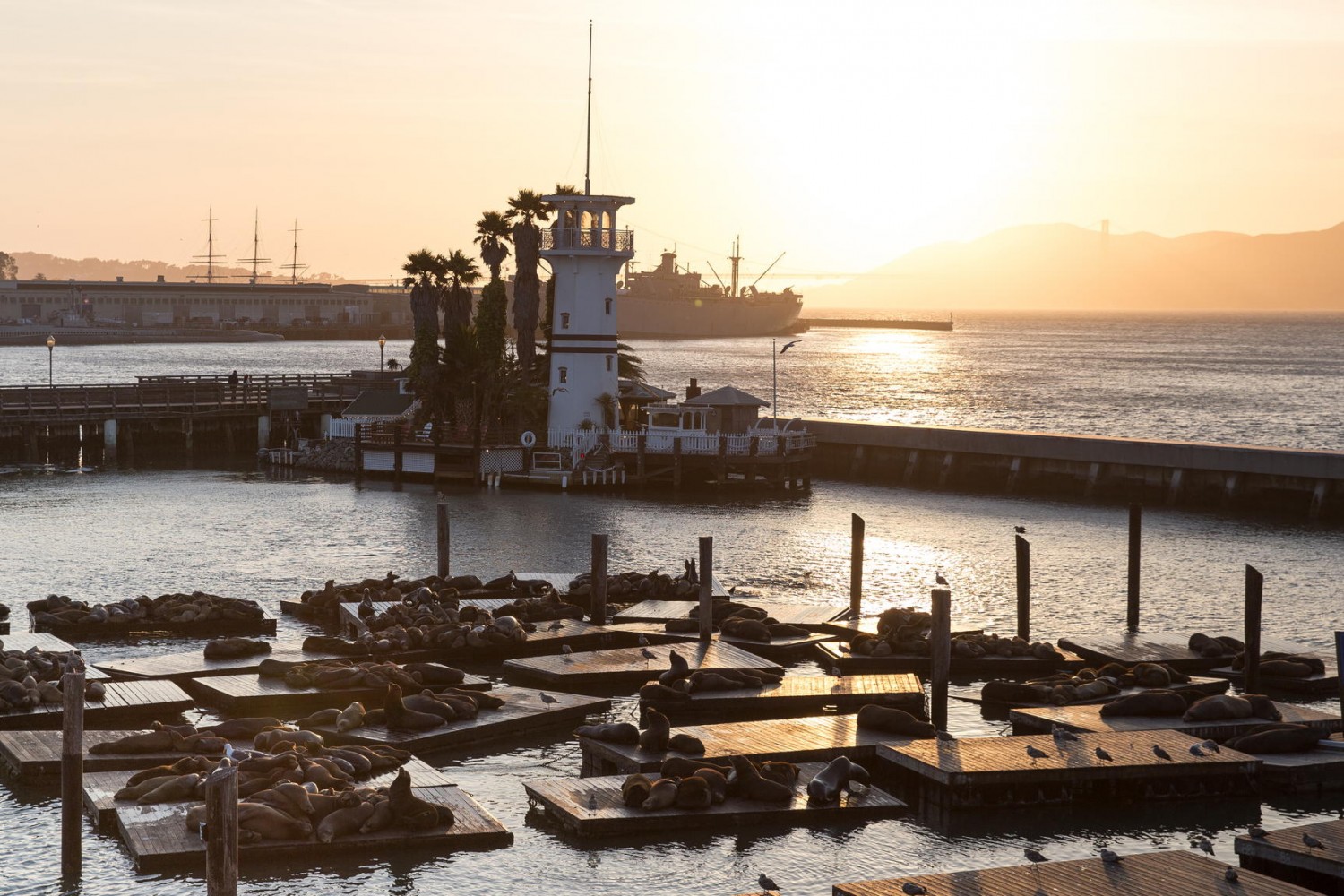
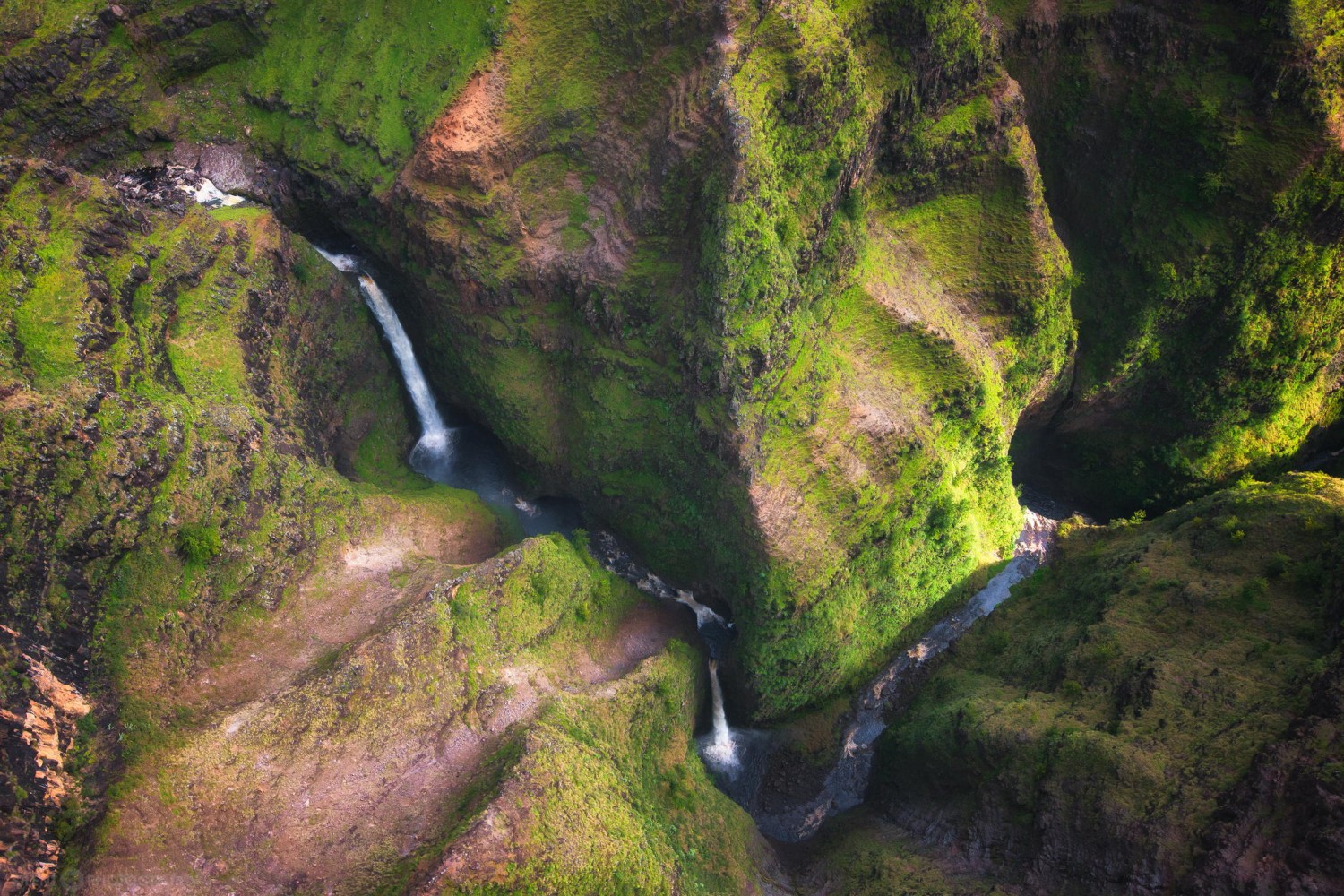
Leave a reply